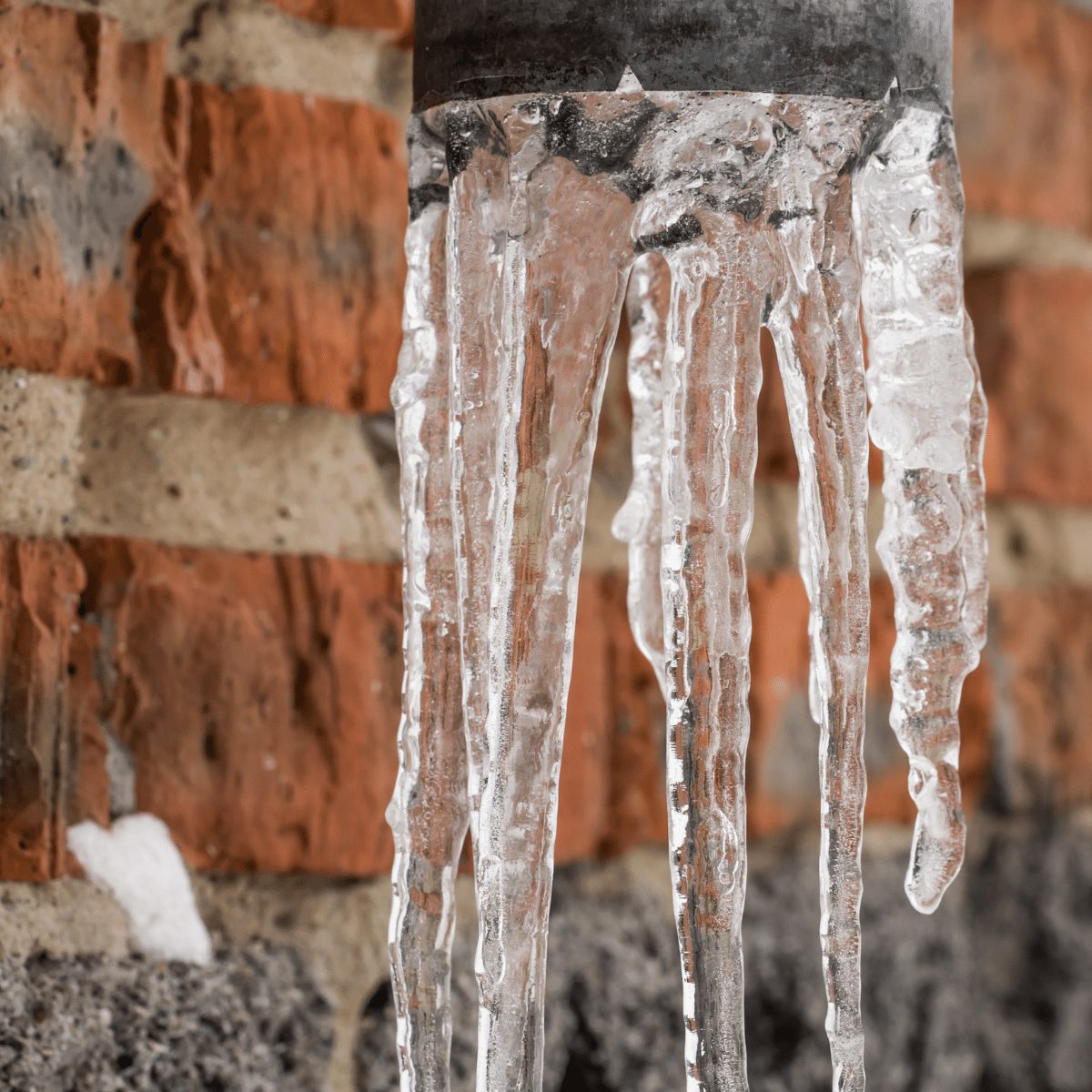Essential Tips for Preventing Frozen Plumbing in Cold Weather Seasons
Essential Tips for Preventing Frozen Plumbing in Cold Weather Seasons
Blog Article
They are making a few good points regarding How to prepare your home plumbing for winter weather overall in this content which follows.

Winter can ruin your pipes, particularly by freezing pipelines. Below's exactly how to stop it from happening and what to do if it does.
Intro
As temperatures drop, the danger of frozen pipelines boosts, potentially resulting in costly repair services and water damage. Recognizing how to stop frozen pipelines is crucial for house owners in chilly climates.
Avoidance Tips
Insulating at risk pipes
Cover pipelines in insulation sleeves or make use of warm tape to safeguard them from freezing temperature levels. Focus on pipes in unheated or external areas of the home.
Home heating techniques
Maintain interior rooms appropriately heated up, specifically locations with pipes. Open cupboard doors to permit cozy air to distribute around pipes under sinks.
Just how to determine icy pipelines
Try to find lowered water flow from taps, unusual odors or sounds from pipes, and visible frost on subjected pipes.
Long-Term Solutions
Architectural modifications
Take into consideration rerouting pipes far from exterior wall surfaces or unheated locations. Include added insulation to attic rooms, basements, and crawl spaces.
Upgrading insulation
Buy high-grade insulation for pipelines, attic rooms, and walls. Proper insulation aids preserve regular temperatures and lowers the danger of icy pipes.
Shielding Outside Pipes
Garden hoses and outdoor faucets
Separate and drain pipes yard pipes prior to wintertime. Mount frost-proof faucets or cover outdoor faucets with shielded caps.
Understanding Frozen Pipes
What triggers pipes to freeze?
Pipelines ice up when subjected to temperature levels listed below 32 ° F (0 ° C) for expanded periods. As water inside the pipes ices up, it increases, taxing the pipe walls and potentially causing them to burst.
Risks and problems
Icy pipes can result in water disruptions, property damages, and expensive repair work. Burst pipes can flood homes and trigger considerable architectural damage.
Indicators of Frozen Water Lines
Identifying icy pipelines early can prevent them from bursting.
What to Do If Your Pipes Freeze
Immediate activities to take
If you presume icy pipelines, keep faucets open up to ease stress as the ice melts. Make use of a hairdryer or towels taken in warm water to thaw pipelines gradually.
Conclusion
Protecting against icy pipelines needs proactive steps and fast responses. By recognizing the causes, indicators, and preventive measures, property owners can protect their plumbing during winter.
5 Ways to Prevent Frozen Pipes
Drain Outdoor Faucets and Disconnect Hoses
First, close the shut-off valve that controls the flow of water in the pipe to your outdoor faucet. Then, head outside to disconnect and drain your hose and open the outdoor faucet to allow the water to completely drain out of the line. Turn off the faucet when done. Finally, head back to the shut-off valve and drain the remaining water inside the pipe into a bucket or container. Additionally, if you have a home irrigation system, you should consider hiring an expert to clear the system of water each year.
Insulate Pipes
One of the best and most cost-effective methods for preventing frozen water pipes is to wrap your pipes with insulation. This is especially important for areas in your home that aren’t exposed to heat, such as an attic. We suggest using foam sleeves, which can typically be found at your local hardware store.
Keep Heat Running at 65
Your pipes are located inside your walls, and the temperature there is much colder than the rest of the house. To prevent your pipes from freezing, The Insurance Information Institute suggests that you keep your home heated to at least 65 degrees, even when traveling. You may want to invest in smart devices that can keep an eye on the temperature in your home while you’re away.
Leave Water Dripping
Moving water — even a small trickle — can prevent ice from forming inside your pipes. When freezing temps are imminent, start a drip of water from all faucets that serve exposed pipes. Leaving a few faucets running will also help relieve pressure inside the pipes and help prevent a rupture if the water inside freezes.
Open Cupboard Doors
Warm your kitchen and bathroom pipes by opening cupboards and vanities. You should also leave your interior doors ajar to help warm air circulate evenly throughout your home.

Do you really like reading up on Winter Plumbing Precautions: Preventing Frozen Pipes? Make a comment below. We would be delighted to find out your feelings about this post. We hope to see you back again soon. Feel free to pause to share this article if you appreciated it. Thank you so much for your time invested reading it.
Further Details Report this page